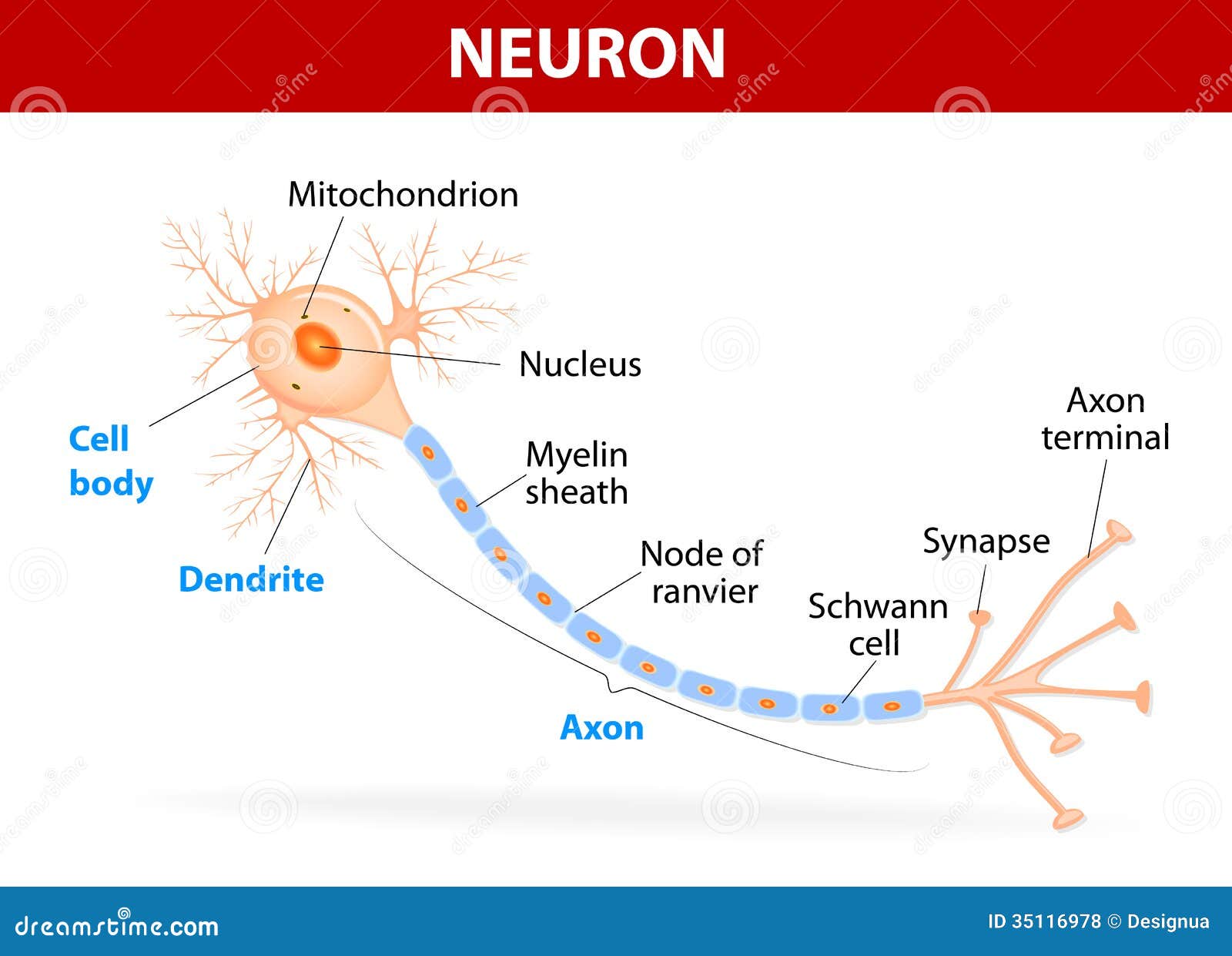

Prior work has shown that regeneration in a variety of experimental systems is strongly dependent on DLK-1 ( 6– 9).

In contrast, dendrite transection results in little to no outgrowth. Following laser axotomy in wild-type, >95% of neurons show significant regeneration. use femtosecond laser surgery to sever ASJ axons near the cell soma and demonstrate that regeneration is robust and specific to axons. These neurons are bilaterally symmetrical and bipolar: from each ASJ neuronal cell body projects a single dendrite with sensory cilia and an axonal connection to the nerve ring (central ganglion of the nematode nervous system), and each compartment of the cell can be easily resolved by microscopy. ( 5) investigate sensory regulation of regeneration in Caenorhabditis elegans ASJ sensory neurons. Moreover, this pathway shares important cellular and molecular features with a previously described form of stress-induced ectopic axon outgrowth, suggesting common mechanisms may underlie these processes.Ĭhung et al. ( 5) use an elegant combination of genetics, laser ablations, and pharmacology to demonstrate that dendrites actively repress regenerative outgrowth in functionally mature neurons through a pathway that is independent of the well-conserved dual leucine zipper kinase (DLK)-regulated regeneration cascade ( Fig. The effect of the preconditioning lesion has been thought to result from the first lesion driving neuronal de-differentiation and resetting its fate to something more like a developing neuron ( 4), but the precise mechanisms involved have remained unclear. Preconditioning lesions, where one axonal branch of a neuron is severed, can significantly enhance the outgrowth of other axonal branches in response to subsequent axotomy ( 3). The second problem is that functionally mature neurons, in contrast to developing neurons, appear to have a low intrinsic capacity for growth ( 2). However, efforts to blunt growth inhibitory effects of these molecules have not resulted in widespread regrowth of axons after lesion ( 1). First, local extrinsic cues potently suppress axon outgrowth. In the mammalian CNS the problem appears to be (at least) twofold. These challenges are significantly exacerbated when neurons in aging animals attempt to recover from injury.Ĭurrent and future projects will deepen our knowledge about dendrite regeneration to create a new framework for understanding how neurons recover from injury in both young and aging animals.The development of approaches to regenerate neuronal connections that are lost after nervous system injury or during disease has proven enormously challenging. Moreover, there are mechanistic differences between the outgrowth of uninjured neurons versus the regeneration of dendrites after injury: dendrite regeneration is uniquely dependent on neuronal activity, ignores cues that constrain and pattern normal dendrite outgrowth, and confronts a mature tissue environment that is different from what a developing neuron would encounter. We have observed that after injury, neurons regrow dendrites that recreate some features of uninjured dendrites, but are unable to reconstruct an entire arbor that perfectly mimics an uninjured neuron. Our previous work found that the sensory neurons in the fruit fly Drosophila peripheral nervous system exhibit robust regeneration of dendrites after injury and used this system to explore central features of dendrite regeneration in developing animals, young adults, and aging adults. Our long term research goal is to understand the cellular mechanisms of dendrite regeneration after injury. Dendrites can be injured by traumatic brain injury, stroke, and many forms of neurodegeneration, yet while the factors that control axon regeneration after injury have been extensively studied, we know almost nothing about dendrite regeneration. At the most fundamental level, a neuron receives information along dendrites, and sends information down an axon to synaptic contacts.


 0 kommentar(er)
0 kommentar(er)
